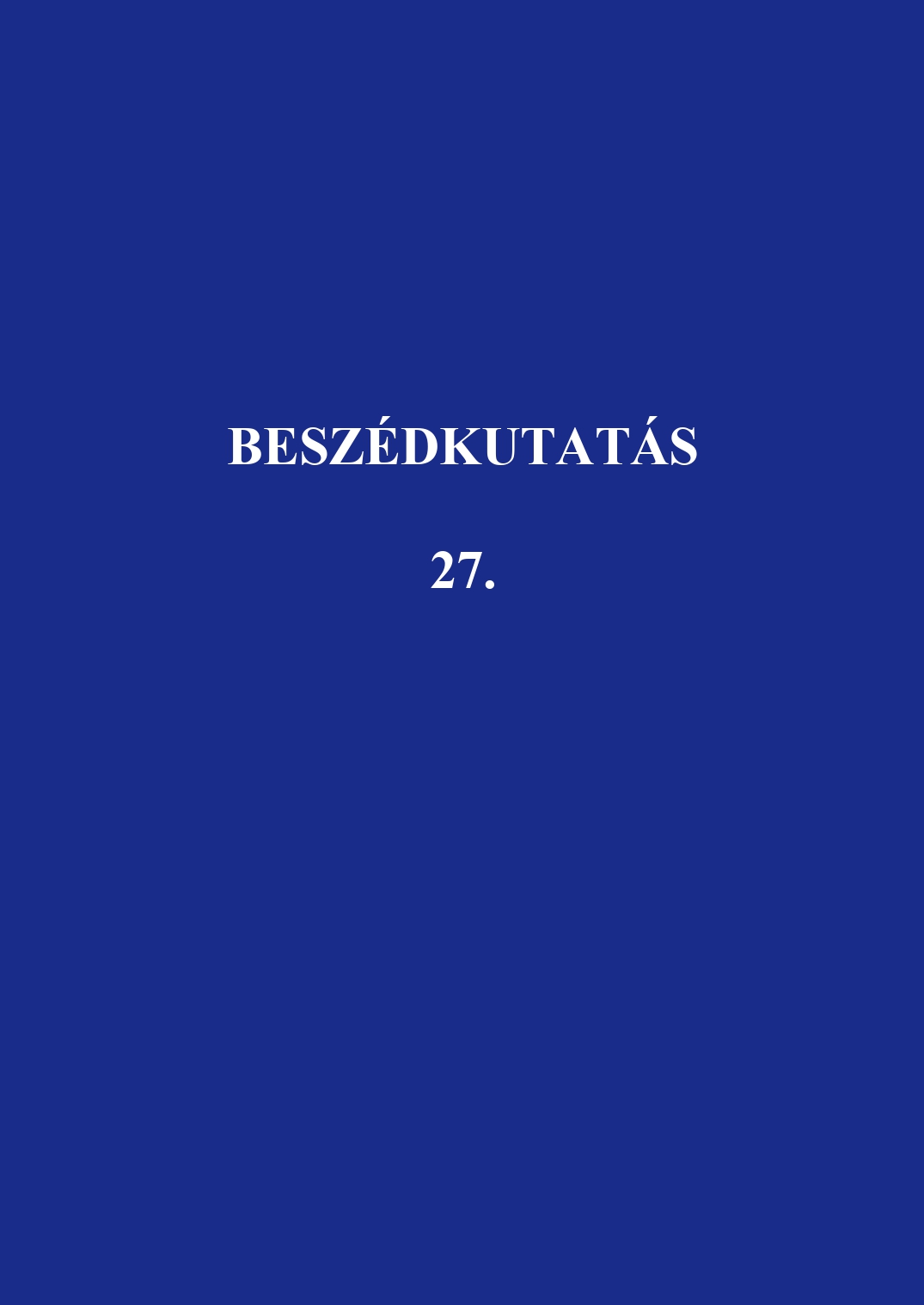Nyelvtanulók megakadásjelenségei tolmácsolt szövegekben
Absztrakt
Disfluencies produced by language learners during interpreting
Disfluencies are omnipresent in human speech and can be ascribed to the temporary malfunctioning of speech planning and execution. Interpreted speech is different from spontaneous speech in many respects, the most relevant of which is the dominance of the input over the macroplanning. The aim of this study was to examine the disfluencies produced by B2 language learners during interpreting. 4 subjects participated in the research. Their task was to interpret a short Hungarian text into English and another short section from English into Hungarian. Aspects of analysis were (i) the disfluencies that occurred in the speech materials, (ii) the distribution of disfluencies according to type and source and target language, (iii) the distribution of speech disfluencies according to parts of speech and (iv) the complexity of the output produced by the language learners. Based on the results we can state that (i) we use approximately the same strategies in speech planning and execution irrespective of the source and target language, (ii) both language competence and transfer competence play a vital role in interpreting and (iii) the distribution of parts of speech differs according to the source and target language.
A Beszédkutatásba leadott tanulmányokat máshol változatlan formában megjelentetni nem lehet. Más személy a szerkesztőbizottság engedélyével és megfelelő hivatkozással használhat fel ábrákat a publikált tanulmányokból.





